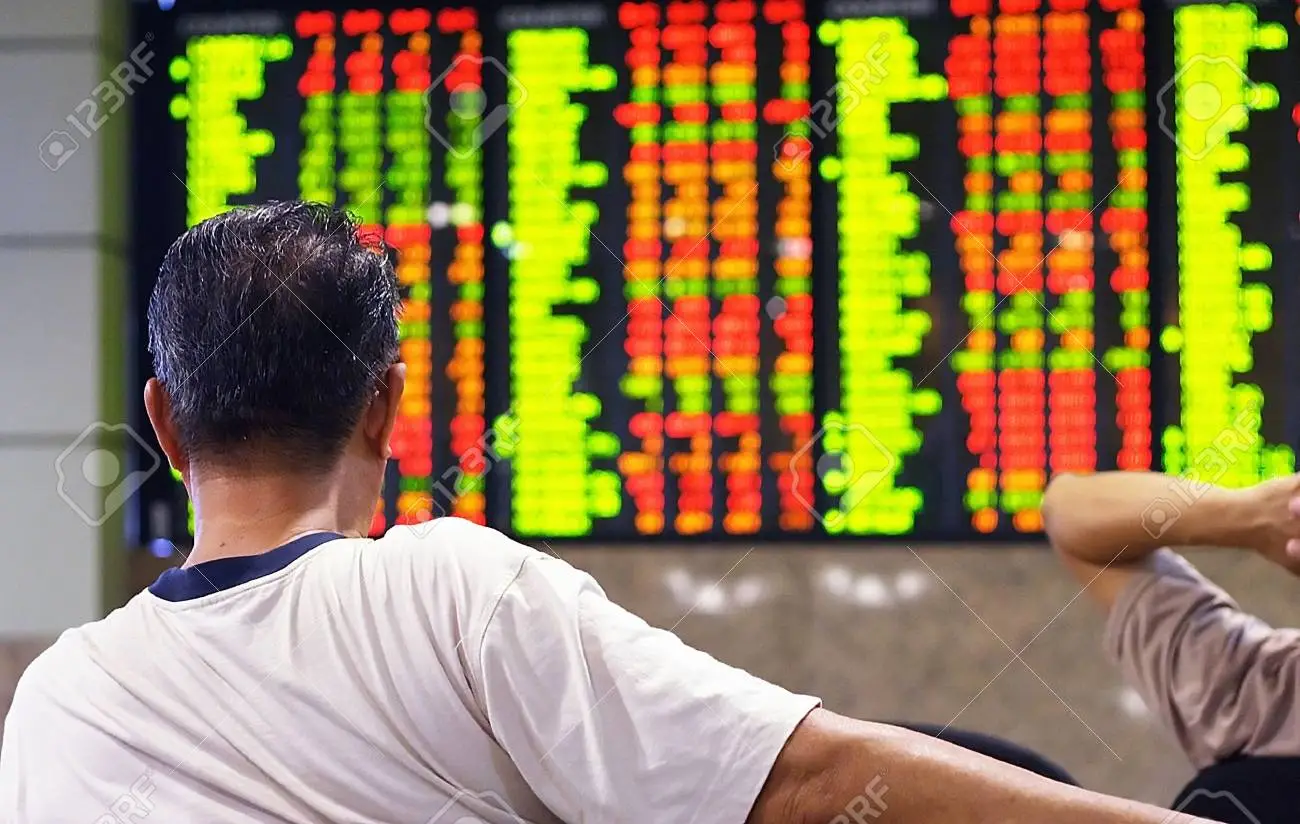Asian stocks drop on worries of default. Nvidia surge and chip making shares climb. Despite no progress being made to raise the debt ceiling.
Asian stocks led by chipmaker’s shares and earnings
On Thursday, several Asian markets declined amid ongoing concerns about a U.S. debt default.And no movement towards lifting the debt ceiling. While chip stocks gained better as a result of a positive forecast from Nvidia.
The main driver of the 0.6% increase in Japan’s Nikkei 225 index was the over 16% increase in Advantest Corp (TYO:6857). A manufacturer of semiconductor equipment for testing. The stock traded at a record level of 16,280 yen and includes Nvidia among its clientele.
Many chipmaker companies, including wafer manufacturer SUMCO Corp (TYO:3436) and Tokyo Electron Ltd (TYO:8035), – Saw gains this week, assisting the Nikkei to rebound and reclaim 33-year peaks.
Nvidia Corporation (NASDAQ: NVDA) gained ground overnight after reporting Q1 profits that above projections. And anticipating more revenue due to substantial demand from the growth of artificial intelligence.
The chip manufacturing industry, which is also struggling with a probable demand slump in the wake of deteriorating global economic situations, got a boost from Nvidia’s upbeat outlook.
Other chipmakers profited from this, with Samsung Electronics Co Ltd (KS:005930) of South Korea up 1%. A significant Nvidia supplier, Taiwan Semiconductor Manufacturing Co (TW:2330). Increased by over 3%, aiding the 0.6% increase in the Taiwan Weighted index.
Wider stocks dip led by Wall Street Sentiments and New Covid threat in China
However, wider Asian markets declined as a result of a disappointing led-in by Wall Street. And concerns raised by American politicians over the sluggish pace of the debt ceiling talks. The ratings agency Fitch’s warning of a probable U.S. credit downgrading in the case of a default also roiled the mood.
Stocks in the area were also negatively impacted by worries of a new COVID epidemic in China. As the Chinese government issued a warning that another outbreak might climax by June’s end. Even if the new COVID variant’s signs are minor, investors were concerned that they may further hinder China’s economic growth. Which had already started to sluggishly improve in April.
Shanghai Shenzhen CSI 300 and Shanghai Composite indices in China decreased by 0.5% and 0.7%,. While the Hang Seng index in Hong Kong fell by 1.9%. The Hang Seng’s weakest performance was Orient Overseas International Ltd (HK:0316),. Which fell more than 6% as a dispute with insolvent housewares retailer Bed Bath & Beyond flared up.
Other China-exposed markets fell as well, with Australia’s ASX 200 down 0.9% as falls in commodities prices hurt the nation’s largest miners. The KOSPI in South Korea decreased by 0.4%, whereas the PCI in the Philippines decreased by 0.3%.
A U.S. default, that might start off an economic downturn and have disastrous impacts on the world economy. That has investors leery of risky assets.
Dollar rises to a two-month top as Asia FX declines on debt limit issues
On Thursday, most Asian currencies fell as the dollar rose to its highest level in two months. As traders walked away from risky assets due to the confusion around lifting the U.S. debt ceiling and preventing a default.
After breaching the 7 obstruction last week, the Chinese yuan decreased by 0.2% to a level that is nearly a six-month bottom. After several dismal results for April, worries about the country’s economy’s faltering development have been worsened by fears of a fresh COVID epidemic.
Due to its significant trade dependency on China, the Australian dollar fell 0.2%, whereas the South Korean won fell 0.5%.









